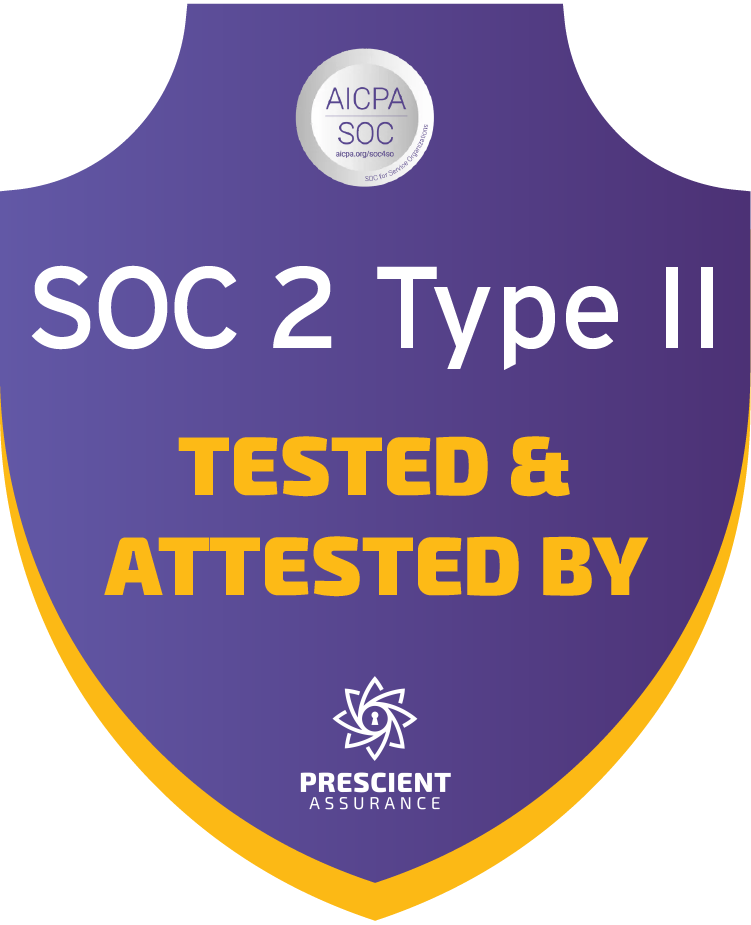Now that we’ve become a lot more familiar with the meaning of the ‘cloud’ and its various provisions, we’re one step closer to being able to practically apply cloud services to solve real world problems. However, when purchasing cloud services, the very first step is determining the cloud service provider that is the right fit for your needs. So, let’s step back for a second and compare the services offered by the ‘big three’ of the cloud computing world, namely Amazon Web Services (AWS), Microsoft Azure, and Google Cloud Platform (GCP).
Amazon Web Services
Amazon Web Services (AWS) is currently the globally leading cloud service provider with over $45 billion in net sales in the 2020 fiscal year, a $10 billion increase from their revenue in 2019, and holds 33% of the global cloud market share. AWS prides itself on providing its users with the broadest range of thorough and customizable services available on the market. AWS was also the first major cloud service provider, first offering Amazon Simple Storage Service in 2006, Today, AWS offers over 200 services and products to their users, sorted into categories spanning fields like analytics, database management, containers, compute, and more. You can look at our blog post covering a more detailed overview of the most used AWS services here.
AWS also maintains the highest global footprint out of all cloud service providers, offering services in 81 availability zones across 25 geographic regions, with plans to expand further in the coming years.
Some companies that use AWS to meet their workloads include Samsung, AOL, BMW, and Comcast.
Microsoft Azure
Microsoft Azure (Azure) is a close second in the cloud service provider race, holding 19% of the global market share. By enlarge, Azure offers services similar to those of AWS, with AWS having an edge in terms of service customizability that allows them to cater to the needs of individual developers. That being said, Azure’s seamless integration with other Microsoft software makes it extremely desirable for companies that are already invested in other Microsoft products, leading to Azure being used by over 95% of Fortune 500 companies. Further, Azure caters to the needs of services that are not Windows based as well, and thus is also suitable for companies with hybrid workloads split between multiple operating systems.
While AWS has a higher global footprint than Azure, Azure offers more global datacenters than any other cloud provider, with services offered in over 60 worldwide regions spanning 140 countries across the globe. Azure further seems to specialize in certain areas that Microsoft has become synonymous with as of late, providing highly comprehensive and advanced services in the fields of AI, Machine Learning, analytics and security.
Some of Azure’s biggest customers include Verizon, MSI, LG, and Adobe.
Google Cloud Platform
Google Cloud Platform (GCP) follows Azure and AWS with 9% of the global market share but is growing at a pace similar to both of its biggest competitors. To account for this growth GCP offers over 100 services, an impressive amount but still lacking when compared to AWS or Azure. Like Azure, GCP offers great integration with other software and products made by its parent company, Google. This makes GCP ideal for developers working on the Android OS or using containerized applications that are managed by Kubernetes clusters. However, it lacks good support for hybrid workloads, especially those that contain Windows based software requirements.
GCP is offered in over 25 regions globally, covering over 80 zones, thus offering global coverage comparable to both AWS and Azure.
GCP’s most famous clients include PayPal, UPS, Twitter, and Home Depot.
Conclusion
As we’ve shown you above, there are some important differences to take note of when deciding what cloud service provider best fits your distinct workload. However, despite these differences the offerings of all the major cloud service providers remain fairly similar. While AWS does offer the highest number of services, you’ll find that all three cloud providers offer services to meet most workloads, with AWS offering the most customizability due to their increased number. Similarly, there are very few differences in terms of pricing among the three providers, with each offering on-demand hourly and by-the-second rates for instances and discounted prices based on time commitments of a year or longer (view this post to learn more about the AWS instance purchasing options).
Because of these similarities, you’ll often find cloud customers utilizing a multi-cloud strategy to meet their usage requirements. For example, since AWS offers the highest number of computing services, a customer might choose to utilize AWS compute instances to maximize the flexibility of their workloads. However, the same customer might look to Azure to meet their machine learning needs because of Azure’s added functionality when paired with Windows software. Further, the customer might also use GCP to manage their containerized applications because of Google’s additional support for managing Kubernetes clusters.
Ultimately, the offerings of the big three cloud providers don’t differ by much, and as such you should look to use the cloud provider whose strengths match the specific requirements of your workload.
























